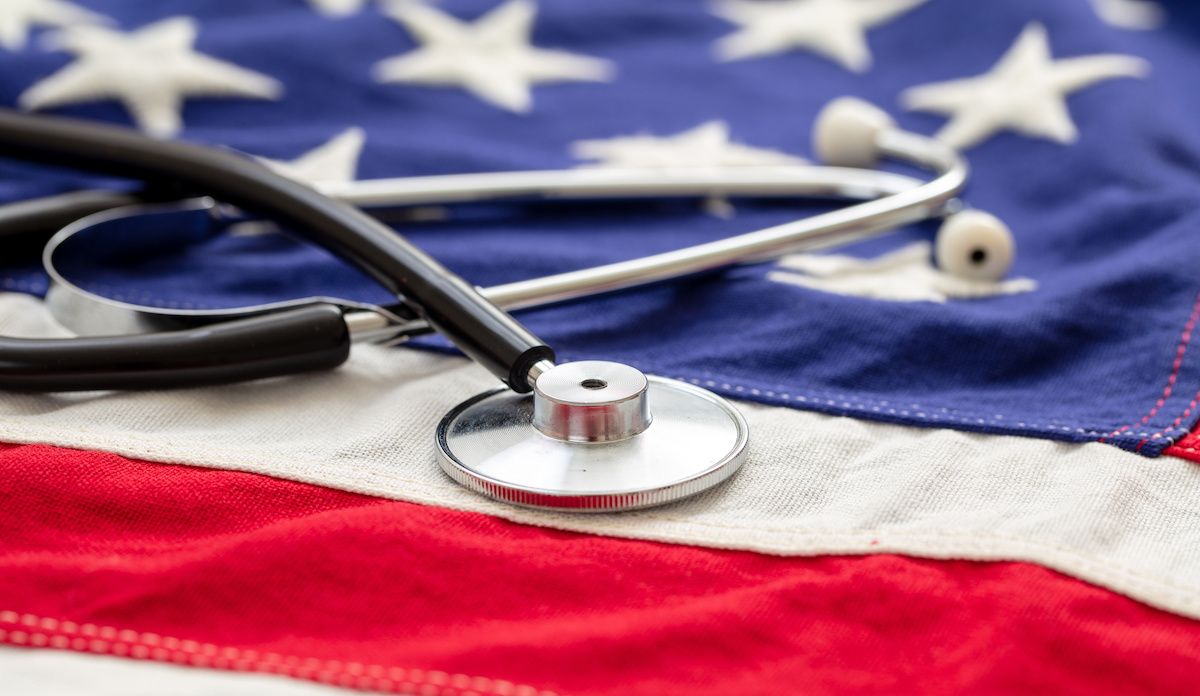Article
Novel Study Finds Link Between Contact Sport–Related CTE, Poor Sleep Behaviors
Author(s):
Researchers find that 32% of examined contact sport athletes who had developed chronic traumatic encephalopathy experienced sleep symptoms characteristic of rapid eye movement sleep behavior disorder, which only affect an estimated 1% of the general population.
Rapid eye movement (REM) sleep behavior disorder is known to impact only 1% of the general population. However, this risk may be greater for athletes involved in contact sports as a study published today in Acta Neuropathologica indicates that 32% of those with chronic traumatic encephalopathy (CTE) were found to experience sleep symptoms characteristic of REM sleep behavior disorder (RBD).
In examining repetitive head impacts and potential concussions, the CDC estimates that 5%-10% of athletes will experience a concussion in any given sports season. Repetitive head impacts are associated with development of the neurodegenerative disease CTE, in which those diagnosed have been found to suffer from sleep dysfunction after being assessed post-mortem, according to an accompanying press release.
As the specific types of sleep-related disorders associated with CTE have not been formally explored, researchers from the Veteran’s Affairs (VA) Boston Health Care System and Boston University School of Medicine sought to investigate this link, particularly the sleep disorder RBD. RBD occurs when the paralysis that typically occurs during REM sleep is incomplete or absent, which then causes afflicted individuals to act out their dreams through talking or physically flailing their arms and legs to punch, kick, grab, etc.
Researchers examined the brains of 247 male athletes, donated to the VA Boston University-Concussion Legacy Foundation Brain Bank, to try and understand the relationship between contact sports participation, multiple brain diseases, and symptoms characteristic of RBD.
Among the study cohort, 80 (32%) participants (age at death = 63.1[18.8] years), were determined to have symptoms characteristic of RBD. Moreover, researchers speculate that this heightened frequency may be due to exposure to repetitive head impacts as these participants had played more years of contact sports (18.3[11.4]) than those without symptoms characteristic of RBD (15.1[6.5]; P = .02).
"We found that CTE participants with probable RBD symptoms had played contact sports for significantly more years than participants without these symptoms," explained lead study author Jason Adams, an MD/PhD student at the University of California, San Diego. "The odds of reporting RBD symptoms increased about 4 percent per year of play."
Researchers then further examined the brains of those with CTE and RBD, which exhibited an unexpected association between sleep dysfunction and pathology. While most patients with RBD have Lewy body pathology that is associated with Parkinson disease, most of the CTE participants with RBD were found not to have Lewy pathology.
Building on this discovery, researchers then found that compared with CTE participants without sleep symptoms, those with sleep symptoms were 4 times more likely to have tau pathology within brainstem nuclei involved in REM sleep.
"Contrary to our expectations, tau pathology in the raphe nuclei was more strongly associated with RBD than Lewy body pathology, suggesting that tau pathology is more likely to lead to sleep dysfunction in CTE," said study author Thor Stein, MD, PhD, a neuropathologist at VA Boston Health care System.
The present study is the first to present a link between symptoms characteristic of RBD, contact sport participation, and brainstem tau pathology. "Overall, more and more studies are showing that repetitive head impacts that can occur in contact sports are associated with increased risk for multiple neurodegenerations," concluded Stein.
Reference
Adams JW, Alosco ML, Mez J, et al. Association of probable REM sleep behavior disorder with pathology and years of contact sports play in chronic traumatic encephalopathy. Published online September 16, 2020. Acta Neuropathol. doi:10.1007/s00401-020-02206-x
2 Commerce Drive
Suite 100
Cranbury, NJ 08512
© 2025 MJH Life Sciences® and AJMC®.
All rights reserved.




